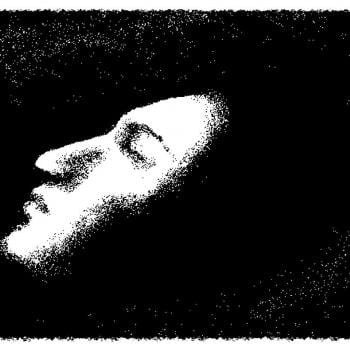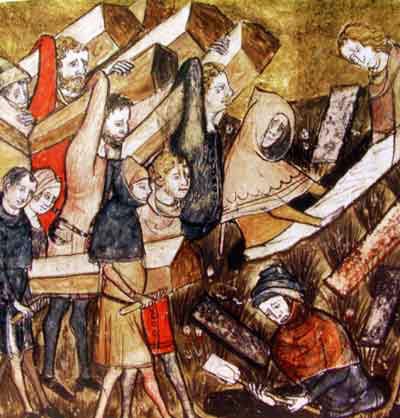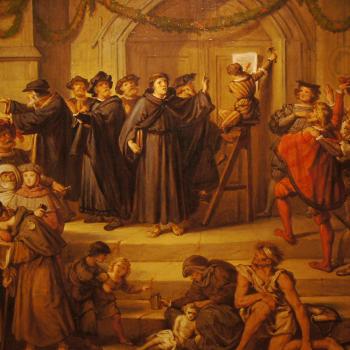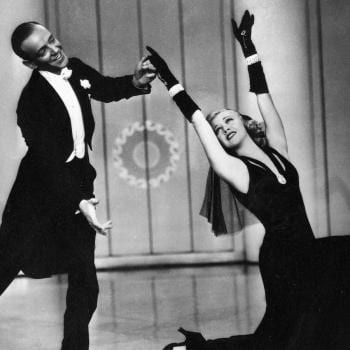- Trending:
- Pope Leo Xiv
- |
- Israel
- |
- Trump
- |
- Social Justice
- |
- Peace
- |
- Love

RELIGION LIBRARY
Zen
Beginnings
Zen is the Japanese name for Chan, a school of Buddhism that was transmitted from China to Japan in the 12th and 13th centuries C.E., and became very popular in Japan. The name Zen is more familiar to many readers because the tradition was first introduced to the West by Japanese monks.
Historians have worked to establish the historical facts about how Chan began, but much of it cannot be known with certainty. Its beginnings have been told in legends, stories, and scriptures for centuries. These stories established the authenticity of the tradition, and as is often the case with religious traditions, the legends are more meaningful to many followers than the factual discoveries of historians. Legends also serve to shape and define a tradition as it evolves.
According to Chan's own stories of its beginnings, there is an unbroken succession of Chan patriarchs beginning, in some accounts, with the Buddha's own disciple, Mahakasyapa. The succession is, however, more typically traced back to the legendary figure Bodhidharma and continues to the present day. (Zu, the Chinese word translated into English as "patriarch," means an ancestor; a grandfather; a founder or originator.) According to historians, a Buddhist teacher named Shenhui (684-758) launched the idea of this unbroken lineage and designated his teacher Huineng as the sixth patriarch. Shenhui made this claim in making an appeal for imperial patronage for his school as opposed to that of his rival, Shenxiu.
Few facts are known about the first of the six patriarchs, Bodhidharma, but numerous legends surround him. The second patriarch of Chan was Huike (487-593), a historical figure of some importance. He was an ascetic who lived in the forests, following the tradition established by the Buddha. When urban monks were driven out of the cities by an anti-Buddhist movement, some of them turned to him as a teacher. His movement called for a return to fundamentals, such as asceticism and meditation. Legend has it that Huike proved his eagerness for Bodhidharma's teachings by cutting off his own arm.
The third patriarch, Sengsan (d. 606), is virtually unknown except as a student of Huike. A famous Chan text, Verses on the Faith Mind, is (probably erroneously) attributed to him. The fourth patriarch, Daoxin (580-651), rejected Huike's extreme asceticism and reconnected his followers with the everyday world. He was a meditation instructor who gathered a large following; he had a wealthy patron and resided at a monastic complex on East Mountain in Hubei province. His student, Hongren (601-674), also a meditation teacher, was the fifth patriarch, and his apparent successor was Shenxiu (c. 606-706).
Shenxiu was invited to teach in Luoyang by the Empress Wu, the only legitimate female emperor in China's history, whose authority was supported by the claim that she was an incarnation of the bodhisattva Maitreya, as well as a cakravartin-raja. Shenxiu taught that the essence of Buddhism was twofold—contemplation of mind (meditation) and the bodhisattva ideal to help others—and that Buddhists should constantly be engaged in both practices at once. He was a popular teacher whose many students continued to instruct members of the royal court after his death.
Shenxiu's students produced several compilations of his teachings. One of these includes the earliest known example of the Chan lineage of succession. It was at about the same time that Shenhui began to assert that that each patriarch could have only one legitimate successor, and that his teacher, Huineng (638-713), was the true sixth patriarch and only legitimate successor to Hongren. Shenhui was not a meditation teacher, but he was a gifted storyteller and also a proponent of the idea of sudden enlightenment—achieved not over long periods of practice but in an instant.
Shenhui's claims on behalf of Huineng led to a conflict among the Chan schools. Those supporting Shenxiu came to be known as the Northern Schools, and those supporting Shenhui, the Southern Schools. The debate about legitimacy was resolved when another Southern School group, the Oxhead school, dropped its own lineage claims and accepted Shenhui's claim on behalf of Huineng, including the claim to the exclusivity of succession.
Also supporting Shenxiu's claims was the Platform Sutra, which first appeared around 789 and is believed by some to have been written by someone in the Oxhead school. The sutra recounted the legend of Huineng's secret appointment as Hongren's successor. Ironically, in the sutra's account Huineng named all of his disciples as his successors, effectively ending the notion of the one true successor. Another element of Shenhui's argument did persist, that the dharma is something that can only be transmitted directly from enlightened teacher to student, and "dharma transmission" became an essential concept in Chan Buddhism.
Huineng's status as sixth patriarch was strengthened with the appearance of the Platform Sutra. It was also around this time that the tradition, which had gone by several different names, acquired the name of Chan. Chan is the Chinese transliteration of the Sanskrit word dhyana, which means concentrated meditation. The name was well-suited, given Chan's emphasis on the practice of meditation.
One innovation of the growing Chan tradition was that gradually lay followers were encouraged to learn and practice meditation. At one monastery, for instance, large groups would gather for intensive training over a two-week period, at the end of which they would receive certificates of enlightenment and dharma names. Ordinary people who were not monks were believed capable of grasping Chan teachings if given the opportunity, just like the legendary illiterate sixth patriarch Huineng.
Study Questions:
1. How is Zen's beginning explained?
2. What is the role of patriarchy in Zen?
3. Who was Shanxiu? How was he in conflict with Shenui?
4. Why was Chan accessible to ordinary people?










